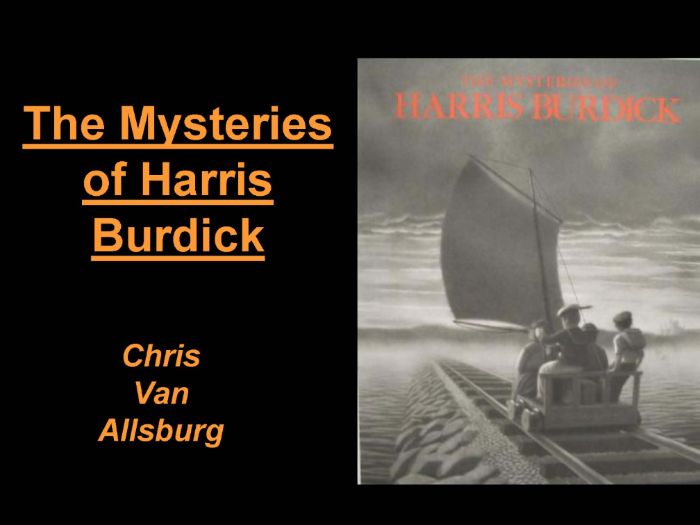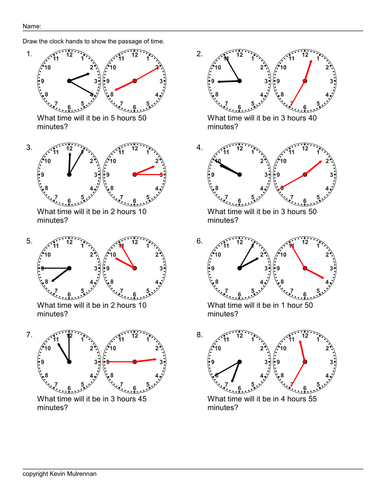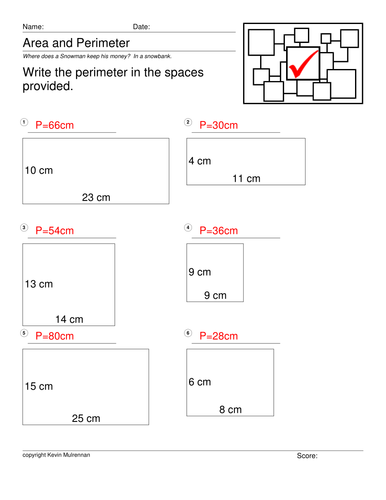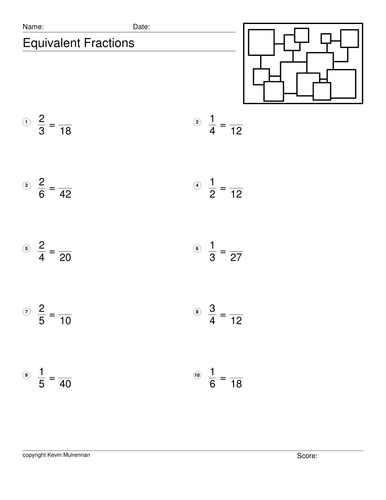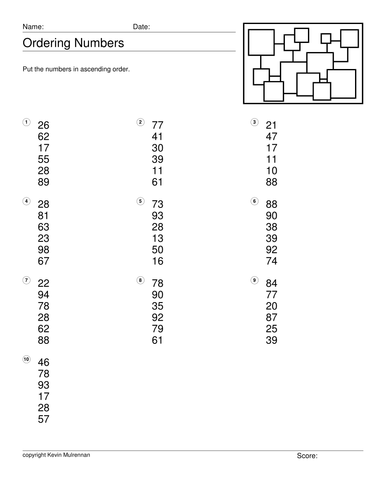351Uploads
96k+Views
27k+Downloads

Back to School Autumn Term Year 5 Full Planning Worksheets
Some terrific planning. The last I did before retirement.
It covers the whole of the Autumn term for year 5.
It concentrates on Maths and English. But loads extra on the arts and humanities and pe.
Sample planning
To apply understanding of the structure of a Greek Myth to identify separate parts of a myth
I can order key events in a quest
I can identify how the events in a quest are separated by the writer, referring to the structure/content of the text
I can identify key language features of Greek Myth Texts
Starter
Read “The 12 Labours of Heracles” to the children (58-66, The Orchard Book of Greek Myths).
Recap features of quest – ask chn to identify these
• A quest is a journey towards a goal, which usually requires great effort by the hero/heroine.
• They need to overcome many obstacles, and it usually involves a lot of travel.
• The hero normally tries to obtain something or someone through the quest, and then take this home. The object can be something new (golden fleece), something to fulfill a lack in their life, or to return something that was stolen from the hero or from someone with the power to send them on the quest.
• If someone dispatches the hero on a quest, the reason may be false -Hero sent on a difficult quest in hope that they die, or in order to remove them from the scene for a time.
• Tale usually ends with the dispatcher being unmasked and punished.
• There may be a twist at the end of the tale, to punish any misdeeds of the hero/heroine, or because one of the Gods is displeased by the successful conclusion of the quest.
MAIN ACTIVITY (Resources; boxed table)
Split chn into groups and give them a Greek Myth text. Ask chn to box up text: Chn can draw/write about important places and events on the quest, and should quote words that show the passing of time. CT to model boxing up method for 1st event in “Heracles” text and identify how scene was set, by the writer.
This activity requires children to identify details for the following sections, for EACH event on the quest:
EVENT 1
• Setting
• Obstacle (Elements of danger/safety at setting/ on the journey)
• Any words used to show time has passed
• Overcoming obstacle

15 Powerpoints Year 5 Morning Work. Great Starters English Maths
15 Powerpoints that you can have on the board as your class enters.
Nice easy start to the day.
Easily adaptable. Nice bits of Math and English.

Christmas Planning Year 5 Three weeks worth English Maths
Three weeks of planning. Plus you can use other planning included for free from different years.
Example
To analyse and create a character and setting description for 23 Degrees 5 Minutes North.
I can express verbally what a character may be feeling, thinking or doing I can explain why I think a character may feel, think or do something I can describe a setting using figurative language
Starter 5 mins
Pen portrait of key characters in 23 Degrees 5 Minutes North: Children mind map/annotate information about the key characters that they know so far around an image of The Adventurer and Professor Erit. They add information about the internal feelings, thoughts and emotions within and the external information such as physical description, or known facts
Activity 1 5-10 mins
Use key questions and discussion in groups to think about answers to questions such as: When is this story set? Who am I? Where am I? Why am I here? Will I be able to find Professor Erit? How will I find him?
Emphasise the importance of chn giving evidence to support their opinion when they give a response to these questions.
Activity 10 mins
Return to image of the Adventurer and Professor Erit. Using a different coloured pencil, chn should add information about these characters
Main 20 mins
Give chn an image of the setting and ask them to mind-map descriptive words, phrases or sentences they could use to describe the narrative setting.
Model using the different kinds of sentence-types to record a setting description, using the vocabulary recorder in the mind-map. Chn use sentences to build suspense if they can.

Geography Water Planning Unit Biology Africa Care For The Environment
A great unit looking at our dependence on water.
Lots of ideas and planning. Great for a project or a focus week.
Interesting powerpoints.
Focus on Africa and the droughts over there.
sample ideas.planning
Session 1
10/10/05
· to obtain information from maps and an atlas
· about world weather patterns
· about physical and human features
· I can find the wettest places in the world
· I can mark the main deserts of the world on a map
· I can use the laptop to draw temperature and rainfall graphs for different countries
M: Identify the wettest places in the world
S: Locate the main deserts on map
C: Draw temperature and rainfall graphs for different countries
Multimap for looking at maps/photos
Excel for rainfall graphs
Homework project for 2 weeks – Comparing use of water (LCP pg 167)
Session 2
12/10/05
· to make maps and plans
· to use secondary sources
· to investigate water supply at local and world scales
· I can think of 3 different ways to allow water to move around school

Spring Term 13 Weeks Literacy Year 6 plan 40 page pdf Big Write
13 weeks of Literacy plans for Year 6. Spring Term.
Includes
Biographical writing
To develop a narrative solution
Persuasive writing
There’s a nice Big Write.

Back to School Autumn Planning Year 2 Massive Amount of Work Literacy Maths
Short of ideas for year two Autumn term?
Put my planning from different schools together.
It’s all in the zip file. I’ve put some examples in the general upload but there is TONS more in the included zip file.
Lots of different types of planning as my schools were all different.
There’s lots of free stuff too that is adaptable e.g. year 1 work.
Sample :
Teacher to explain that they will be focusing their learning this week on an author called Beatrix Potter (in both English and Creative Curriculum).
Teacher to introduce the story of Peter Rabbit to the class (PowerPoint- shared area). Teacher to pause shared reading at regular intervals to challenge thinking and AF reading skills.
Q: Do you think this story is non-fiction or fiction? Why? – Group to discuss.
Whilst reading, teacher to model how to break down tricky words using phonetic knowledge.
Group to discuss the text together; thinking about the characters and setting. Teacher to scribe thoughts onto flip chart for class to refer back to throughout the week.
Mild: I can recall the main characters from a given text and can describe them using appropriate adjectives.
Spicy: I can use phonics to form a sensible sentence. I can add full stops and capital letters when writing a book review.
Hot: I can sequence events of the story; identifying what happened in the beginning, middle and end.
Extra Hot: I can write/draw a picture to show my favourite part of the story and can verbally give reasons as to why.

year 1 Literacy Fantasy World Planning
Three great powerpoints.
Two great flipcharts.
Planning.
Sample:
Discuss fantasy settings we know so far as a whole class using Fantasy PP 1.
Reinforce the concept of a fantasy setting by showing lion, witch and wardrobe where child walks into Narnia clip:
http://www.youtube.com/watch?v=JMYU5vSaal8
In talking partners discuss adjectives describe the setting. Beach ball/Bean bag ideas.
Feedback to group.
Recap yesterday’s learning. Then use the Fantasy PP 2 and go through with the children how to create their own fantasy world.
Explain the activity – children to create on paper their own fantasy world and label it.
Must include:
Setting
Characters
Magical objects
Watch the clip from Harry Potter in the magic shop and encourage the children to look out for all the magic objects: http://www.youtube.com/watch?v=hDR5XgHHLBY and http://www.youtube.com/watch?v=szEFdhOHtrI (0-40 seconds)
Make a list of all the objects they could see, what they could be for, using Fantasy PP 3.
Explain the activity; children will be creating a magic object from their setting they created yesterday or a new one. What does it look like? What is it called? Etc

100 Questions on Pythagoras Answers Provided Mathematics Geometry KS2
**100 questions on Pythagorus.
IF YOU LIKE THUS I HAVE A REALLY BIG FILE IN THE SHOP
15000 Pythagoras Questions Pythagorean Theorem Maths KS2 KS3
Answer sheets provided.
A good little exercise for your students. Using a calculator this should keep them busy and help you teach Pythagoras’ theorem.**

Teaching Resources 50000 Questions Fractions Maths KS2
I have designed 100 worksheets of 12 pages each (50000 questions in total) on fractions. They are suitable for years 5 and 6 i.e. 10 and 11 year olds. They could be used in the first few years of secondary school too, or for adults who need help with Maths. There is a wide range of difficulty. You can dip into the worksheets and pick the ones you like. The further you go into a worksheet the more difficult it is as I have used bigger denominators, mixed and whole numbers, a wider range of numbers etc. There are questions on: Comparing fractions Division with Whole Numbers fractions addition fractions and Decimals fractions multiplication fractions subtraction Mixed operations with fractions Multiplication with whole numbers Simplifying fractions You can use your professional judgement to choose the appropriate sheet. You can pick and mix, leave questions out etc. it’s your choice!

11+ Grammar School Antonym Questions Literacy Worksheets
Antonyms are an important part of the 11+ grammar school exams. I have designed 100 worksheets on this area. I have chosen a group of over 600 words. There are 10 questions per sheets and pupils write a, b, c or d. The teacher will be able to have a lively discussion when going over the work with the pupils, discussing the meaning of all the words. Of course they can be used by not only grammar school pupils. They would suit anyone of the top end of primary, adults with learning difficulties or foreign students learning English.

Teaching Resources 100 worksheets Time Passages KS2 Telling the Time
I have designed 100 worksheets on time passages for primary school children. They have to draw the time hands on the clocks on the sheets. What time will it be? - There are two clocks . The first clock shows a time, the second clock is blank. A question like "What time will it be in 2 hr and 20 min?" appears below the clocks. The student draws the answer on the second clock. You can use your professional judgement to choose the appropriate sheet. Answer sheets are provided for all worksheets.

11+ Verbal Reasoning Questions Letter Patterns Vol 2
Another 100 worksheets on volume 2. I've included more questions per sheet and for some I have omitted the alphabet grid. I have designed 100 worksheets on letter patterns for the 11+ non verbal reasoning questions. There are 100 worksheets provided on a cd. Letter patterns is an important aspect of the 11+ exams. Ideal for parents, pupils and tutors. Answer sheets provided. Introduce some logic and problem solving skills to students with the Letter Patterns worksheet. Sets of letters related in some way are displayed. Students must find the next two letters in the pattern for each set of letters. You can see an answer sheet in my picture with the answers in red.

Teaching Resources worksheets Area Perimeter Mathematics
I have designed 100 worksheets on calculating area and perimeter for primary school children. There is a wide variety of difficulty. Some sheets just require area, some perimeter, some a mixture of the two. In some rectangles are used, others have triangles. You can use your professional judgement to choose the appropriate sheet. Answer sheets are provided for all worksheets.

Teaching Resources 100 worksheets Coins KS1 Teachers Counting KS1 KS2
I have designed 100 worksheets on coins for primary school children. I have used a variety of coins, a variety of difficulty and a variety of numbers of questions per sheet. Pupils write on the sheets how much it all adds up to. Answer sheets are provided for all worksheets.

Times Tables Worksheets 2 to 12 18 One Page Worksheets Maths Test A
Worksheets to help times tables.
The 2,3,4,5,6,7,8, 9, 10, 11 and 12 times tables are tested.
3 sheets for each one.
A good timefiller or reinforcement exercise.
These are test A. Tests B and C are also available.

Worksheets to help times tables 2 to 12 Mathematics Tests B
Worksheets to help times tables.
The tables from 2 to 12 are tested
3 sheets for each one. You get 33 sheets.
Can be used for a quick easy to mark homework too.
These are test B. Tests A and C are also available.

Equivalent Fractions 100 Worksheets with Answers Maths
100 worksheets with answers.
20 per sheet.
Pupils have to write the equivalent fractions.

Mixed Fractions Questions 100 Worksheets Maths
100 worksheets with answers.
Mixed fractions.
Some you have to multiply, some you have to divide etc.
A good time filler or revision homework.

Number Order 100 Worksheets with Answers Maths Mathematics KS1
100 worksheets with answers on Number Order.
Pupils have to put the numbers in the correct order.
There are at least 10 sets of numbers per sheet.
A nice little time filler.
Bundle

Maths Worksheets Bundle Addition Division Maths Patterns
A great Maths bundle.
Loads of worksheets to keep the pupils busy.
Includes:
100 Worksheets Addition Maths Easy at Start Hard at the End
Division Worksheets for Primary School Children Maths Mathematics Homework
Maths Patterns 100,000 Questions Numeracy

